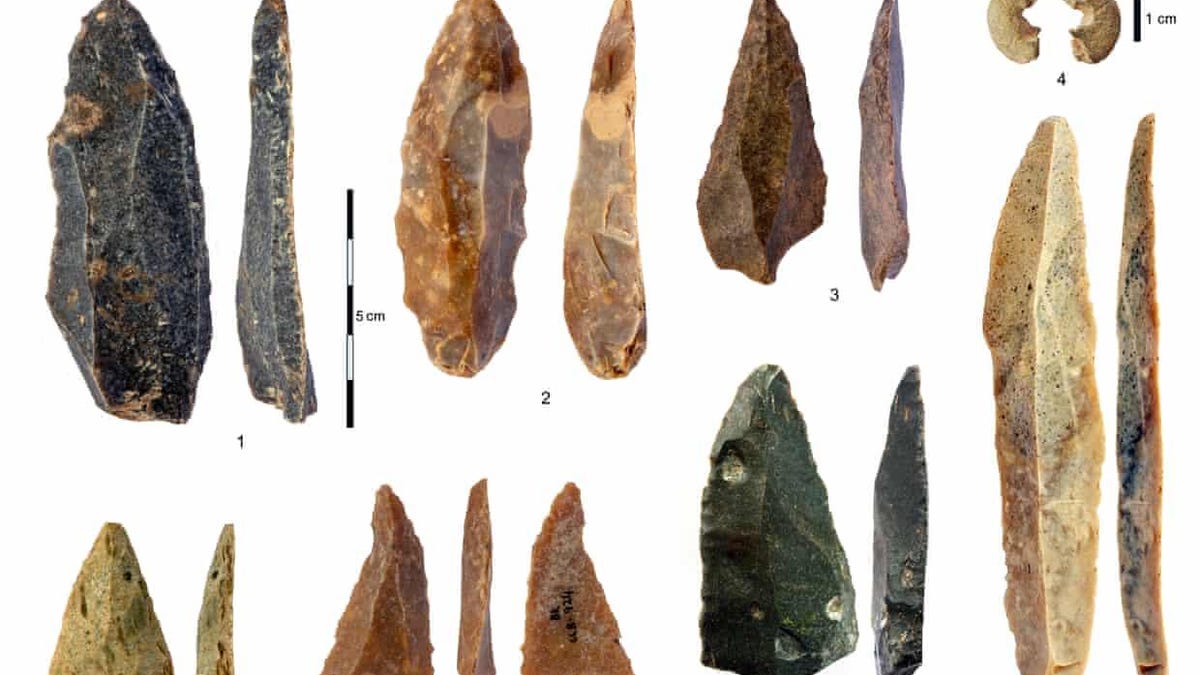Cave fossils show modern humans shared memes with Neanderthals
New research suggests Homo sapiens and Neanderthals coexisted for longer than previously believed, allowing cultural ideas to be shared.

The discovery suggests the cultures may have mixed during this time.
A handful of fossils and tools unearthed in a Bulgarian cave suggest modern humans were present in Europe some 46,000 years ago -- and they likely interacted with Neanderthals for longer than previously thought.
According to two studies, published in Nature and Nature Ecology & Evolution this week, the discovery of early modern human remains in south-east Europe are the oldest evidence of Homo sapiens in the region from a time known as the initial upper paleolithic. In addition, an assortment of unique stone tools that exhibit features of both Homo sapiens and Neanderthal tool-making are present at the site, suggesting the cultures may have mixed during this time.
The discovery, located within the Bacho Kiro Cave in Bulgaria, consisted of remains such as bones and a single tooth, as well as ornaments including a pendant made from bear teeth. The cave already holds some significance, with a history of Homo sapiens archaeological finds discovered within its walls dating back to the 1970s.
Morphological analysis of the remains, and sequencing of the hardy mitochondrial DNA and protein from bone fragments, indicate they belonged to a group of Homo sapiens who likely made their home in the cave some 42,000 to 45,000 years ago. Radiocarbon dating analysis pushes that age out to somewhere around 46,000 years. Neanderthals are believed to have lived until about 40,000 years ago.
While this could help scientists understand how old modern humans are, it's equally important to consider the significance of the ornaments present in the find and how Homo sapiens' tool-making may have been adopted by another species.
These ornaments lend extra evidence to the theory Homo sapiens crossed paths with the last of the Neanderthals, who used similar tools and pendants, and may have influenced parts of their culture. Previous evidence has also established the two species mated -- and modern humans share some Neanderthal DNA, so scientists are aware of the species overlap. The fossil finds increase the time period when scientists believe the two species likely mixed and traded memes.
And we're not talking about funny images of a cat here -- these are memes in the traditional definition first described by Richard Dawkins: Cultural elements or behaviors passed from one generation to the next.
The exact chronological gap between when Homo sapiens first arrived and the decline of the Neanderthals remains to be determined, but the evidence suggest the two species were likely trading cultural ideas -- sharing memes, if you will -- with each other for longer than scientists had previously hypothesized.

